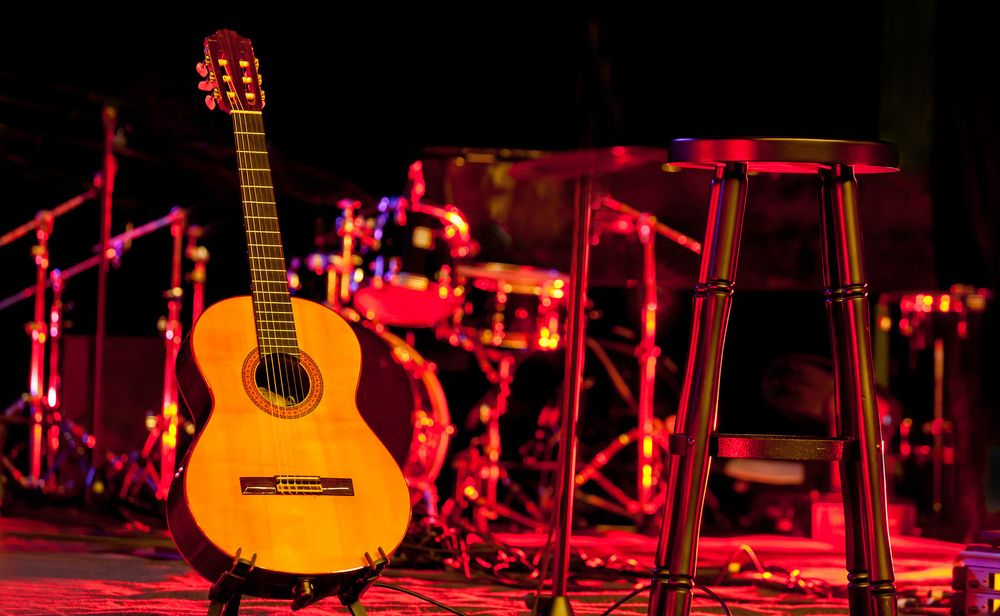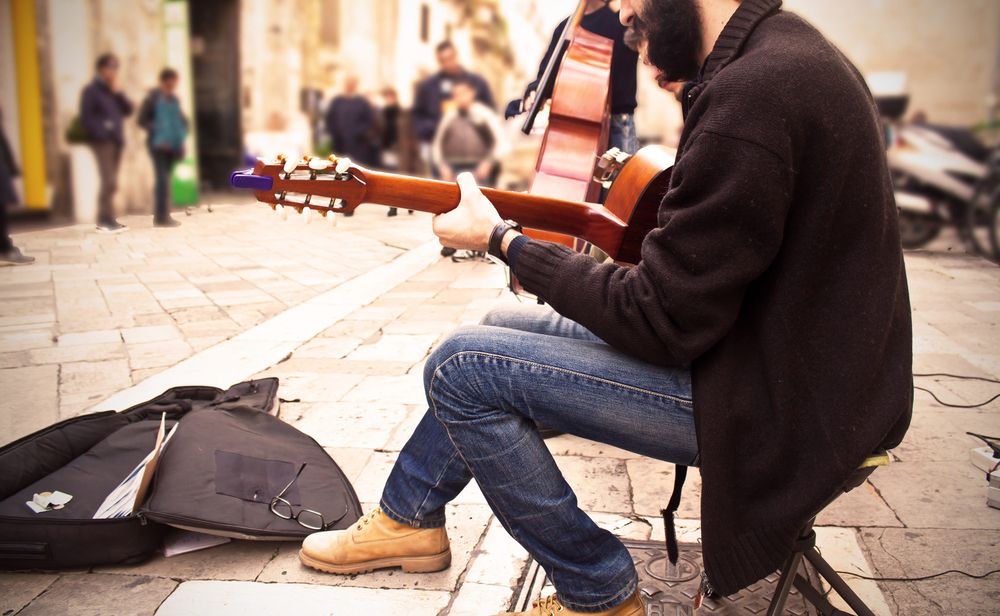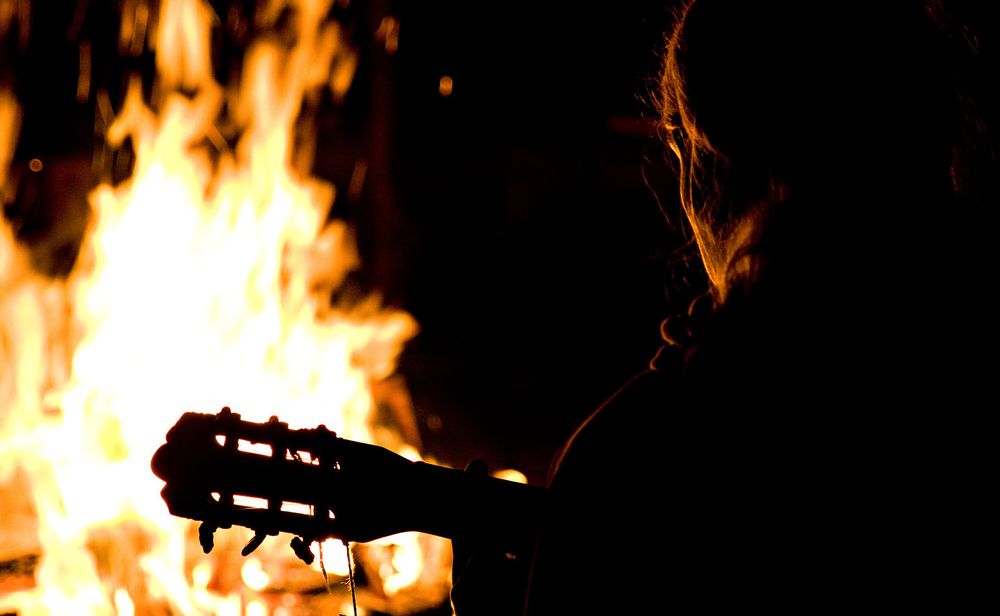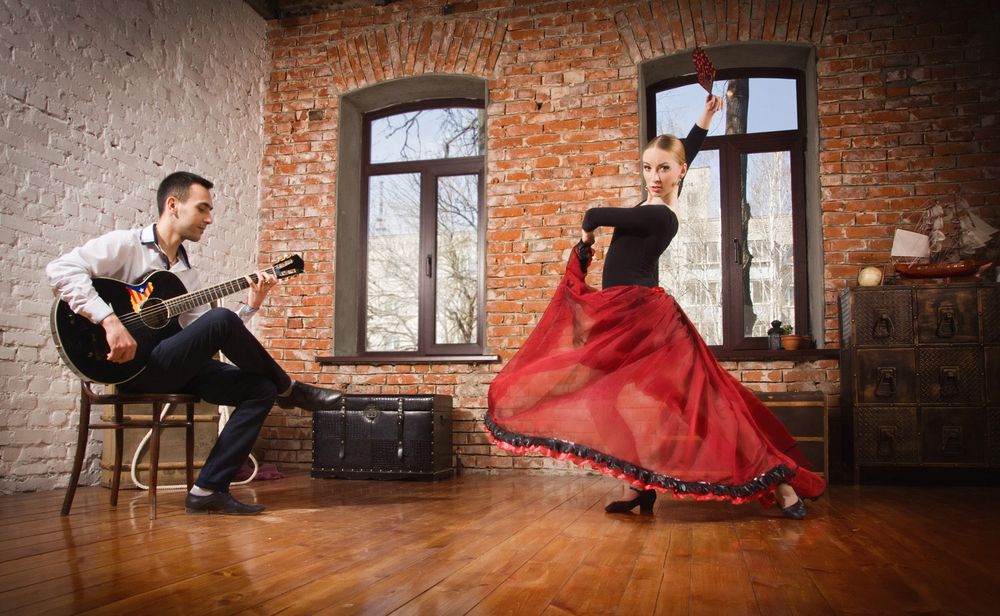4. Stylistic Considerations
The musician with the greatest stylistic flexibility is one who can simultaneously use various types of guitars (acoustic, electric-acoustic, classical, electric, Dobro, etc.) Yet, for the aspiring beginner setting sail on their musical odyssey, it often begins with a single instrument. So, before choosing your musical companion, explore the diverse stylistic landscapes each guitar type unveils.
For the beginner musician on a classical guitar quest, the classical guitar is your key. But don't be surprised when your classical guitar opens doors to various Afro-American music styles, from folk to country, rock, and Brazilian music, especially when harmonizing with vocals. It's even possible to touch upon the Andalusian musical culture, particularly Flamenco, using a classical guitar.




However, the limits of a classical guitar are quickly reached when the musician's stylistic compass gets closer to the virtuosity of an electric guitarist. It's challenging to produce a "rock" sound adequately with a classical guitar. The resonance of a "rock" sound, distinct and distorted, crafted by complex techniques on an electric guitar, also affects the playing experience. There's more to it than meets the ear: the electric guitar's unique techniques like bend-ups, slides, rock vibrato, or tapping find a "sluggish" response in the classical guitar's nylon strings, lacking the desired finesse. The classical guitar's body, extending to the 12th fret, imposes physical limits, hindering the soloist's ascent to the soaring notes essential for a dazzling show. With a mere 18-19 frets, the classical guitar can't contain the soloist's aspirations for higher registers.






